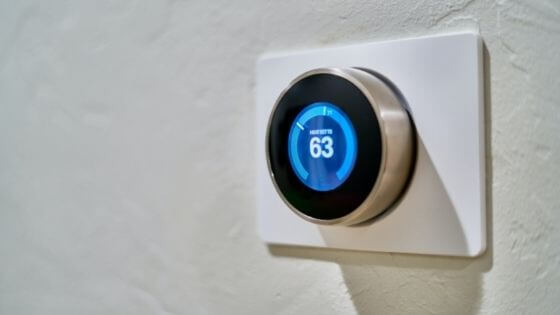A smart thermostat is the latest evolution in modern living, giving homeowners access to advanced features and improved comfort. The market has numerous brands releasing different types of smart thermostats.
The Three Types of Thermostats
The algorithm-based smart thermostat works like a regular thermostat and allows users to set basic parameters. Over time, however, the unit learns user preferences and automatically updates existing algorithms to improve user experience.
The geofencing smart thermostat allows the user to set an operating range. When the user leaves that range, the thermostat automatically switches to “away” mode, helping to conserve energy.
The third type of thermostat is motion-activated. The unit is equipped with a sensor that detects body movement and heat to turn on “at-home” or “away” modes. Sensors should be placed in high-traffic areas for greater accuracy.
Tips For Finding The Right Thermostat
If you’re searching for a smart thermostat for the first time, here are a few criteria to keep in mind:
- HVAC compatibility
The latest models may only be compatible with newer HVAC systems. Be sure to check compatibility before making a purchase.
- Aesthetics
Smart thermostats are available in a range of shapes and designs. The right model for you will depend on your personal preferences as well as the features you are looking for.
- Energy efficiency
Many smart thermostats are Energy-Star rated for maximum efficiency. If they’re equipped with sensors, they will automatically switch to “away” mode when you’re out of the house to save energy and lower monthly utility bills.
- Installation
Each thermostat comes with an instruction manual for easy home installation. Homeowners should read through the manual before beginning installation.
If your HVAC system doesn’t have a C-wire, the installation can be tricky. However, some models don’t require a C-wire, so take the time to find one that can be easily installed into your HVAC system.
- Electronics compatibility
Many smart thermostats can be controlled via a smartphone app or virtual assistant, like Alexa or Siri. If this is a feature you’d like, do some research to see which models will meet your needs.
- Ease of use
Some thermostats have touchscreen interfaces, while others require manual setup.
- Price
Smart thermostats are generally more expensive than standard thermostats. Choose a unit that will meet your basic needs without breaking the bank.

